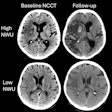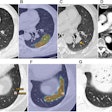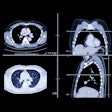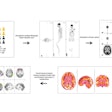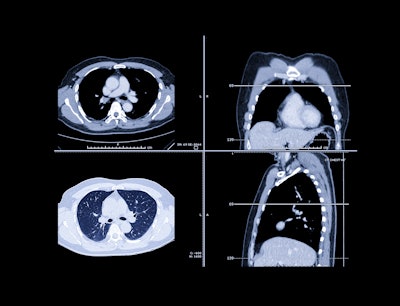
Updated guidelines for lung cancer screening (LCS) from the U.S. Preventive Services Task Force (USPSTF) in 2021 increased adherence, but disparities persist among particular patient populations, researchers have reported.
These disparities are seen among the uninsured, those without a primary clinician, and those living in rural areas, according to a group led by LaShae Rolle of the University of Miami Miller School of Medicine in Florida. Rolle and colleagues published a research letter on March 20 in JAMA Oncology.
"In 2021, the [USPSTF] updated [LCS] guidelines, expanding eligibility criteria to include adults aged 50 to 80 years with a smoking history of 20 or more pack years, compared to the previous criteria of adults aged 55 to 80 years with 30 or more pack-years," the group noted. "This expansion aimed to increase access to early detection by including younger individuals and those with a lighter smoking history … [but] despite these efforts, screening uptake remains suboptimal, particularly among disadvantaged and marginalized populations."
Lung cancer is the leading cause of cancer-related mortality worldwide, Rolle's group explained, noting that research has shown that early detection of the disease through LDCT reduces mortality. But uptake has been spotty, and it has been unclear whether particular populations at-risk of the disease are getting the screening they need.
Rolle and colleagues used Behavioral Risk Factor Surveillance System (BRFSS) data from 2019 to 2023 to assess the efficacy of the USPSTF's LCS guideline. Their study included data from 17,101 patients, 15.4% of whom underwent screening before the guideline change and 47.1% of whom underwent screening after the change; The primary outcome of the research was whether individuals were current on lung cancer screening; the team tracked variables such as guideline time period, sex, race and ethnicity, income, education, urban/rural status, health insurance, and having a clinician.
The team reported that, before the USPSTF's 2021 guideline changes, the BRFSS sample was predominantly male (57.8%), white (87.9%), and urban (85.2%). After the guideline was updated, the sample of white participants decreased to 75.8%, and insurance coverage increased from 93.2% to 97.6%.
It also reported the following:
| Adjusted odds ratio (with 1 as reference) of LCS screening after 2021 USPSTF update | ||
|---|---|---|
| Factor | Adjusted odds ratio | p-value |
| Odds of screening | 4.66 | < 0.001 |
| Lack of health insurance coverage | 0.28 | < 0.001 |
| Being a rural resident | 0.73 | < 0.001 |
| Not having a clinician | 0.71 | = 0.049 |
The authors did not find that sex, race and ethnicity, income, and education levels affected LCS uptake before and after the guidance change.
The findings "underscore the importance of targeted interventions to address structural barriers in rural and underserved populations," according to the investigators.
"Expanding access through community outreach, mobile screening units, and insurance coverage improvements could enhance equity in LCS," they concluded. "Further research should investigate the unique barriers faced by rural populations and evaluate the effectiveness of interventions designed to close gaps in LCS uptake."
The full research letter can be found here.








